In keeping with the spirit of previous Log24 entries, here is today’s Pennsylvania Lottery commentary. This afternoon’s entry suggests an interpretation of today’s numbers as comments on the new film “Georgia Rule.”
Pennsylvania Lottery today:
Mid-day 384
Evening 952
Today’s mid-day number, 384, is the number of symmetries of the tesseract, a geometric figure illustrated on the cover of the novel The Gameplayers of Zan (see, for instance, May 10, 2007). That novel suggests an interpretation of today’s evening number, 952, as addressing (literally) the subject of Life.
See the address mathforum.org/library/view/952.html.
From that address:
“The Game of Life is played on a field of cells, each of which has eight neighbors (adjacent cells). A cell is either occupied (by an organism) or not. The rules for deriving a generation from the previous one are these: Death – If an occupied cell has 0, 1, 4, 5, 6, 7, or 8 occupied neighbors, the organism dies (0, 1: of loneliness; 4 thru 8: of overcrowding). Survival – If an occupied cell has two or three neighbors, the organism survives to the next generation. Birth – If an unoccupied cell has three occupied neighbors, it becomes occupied.”
Relevance to the film “Georgia Rule”: lonesomeness, generations, and the Lord’s name–
Georgia is a “lonesome and decent widow in wholesome Hull, Idaho…. her framed motto is ‘Count Your Blessings’ and she’s ready to ram [a] soap bar into your mouth if you insult the Lord’s name.” –David Elliott, San Diego Union-Tribune, May 11, 2007
There is not universal agreement on just what is the Lord’s name. Perhaps it includes the number 952.
From The Gameplayers of Zan:
“The Game in the Ship cannot be approached as a job, a vocation, a career, or a recreation. To the contrary, it is Life and Death itself at work there. In the Inner Game, we call the Game Dhum Welur, the Mind of God. And that Mind is a terrible mind, that one may not face directly and remain whole. Some of the forerunners guessed it long ago– first the Hebrews far back in time, others along the way, and they wisely left it alone, left the Arcana alone.”
From Bartlett’s Familiar Quotations:
“Nothing can be produced out of nothing.”
— 10th edition, 1919, page 952
See also “Zen and Language Games“
and “Is Nothing Sacred?“


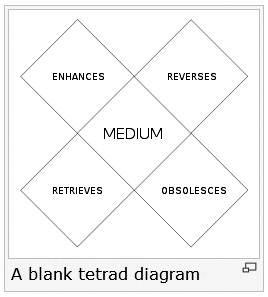


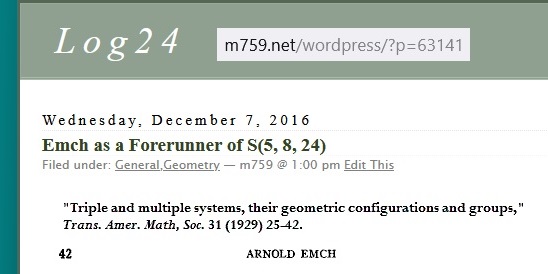
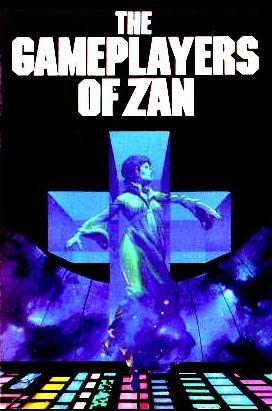






















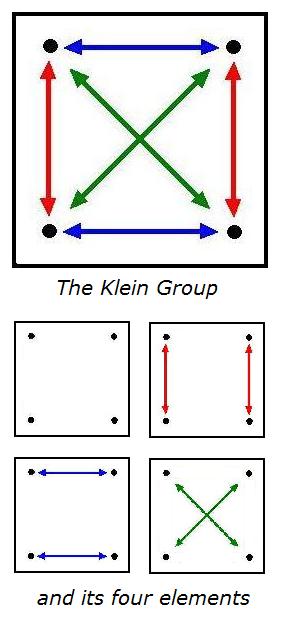



























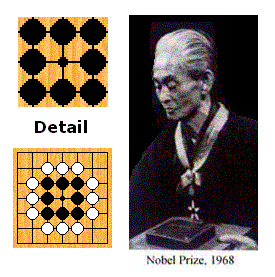
 : 39, 237f).”
: 39, 237f).”
